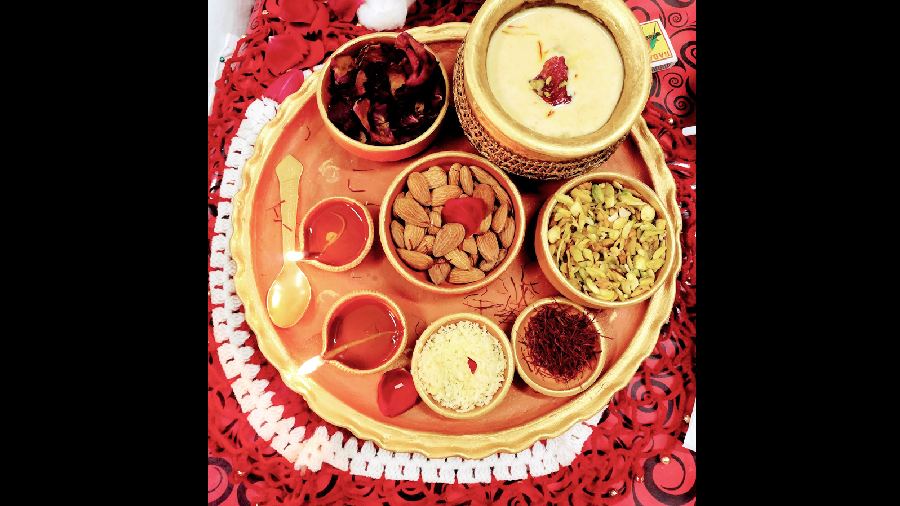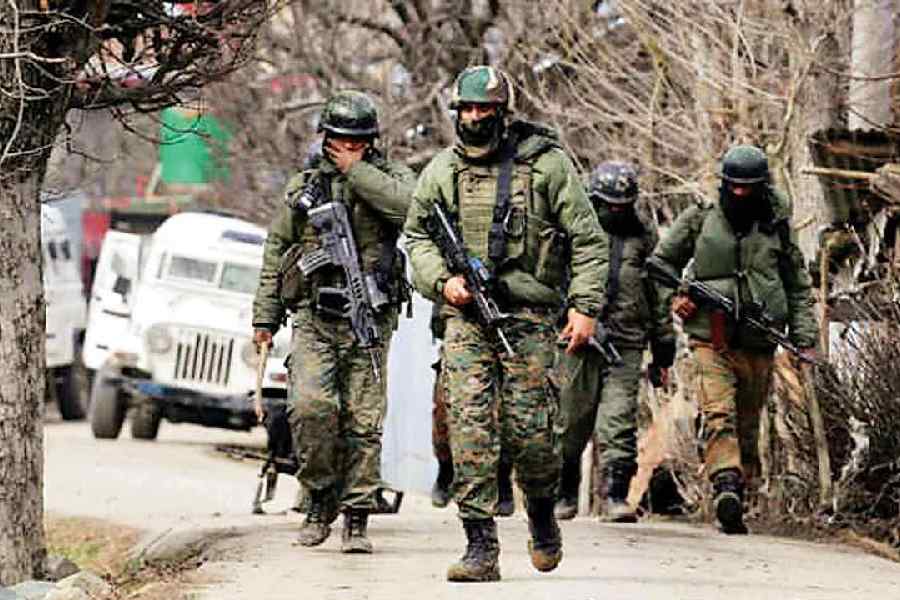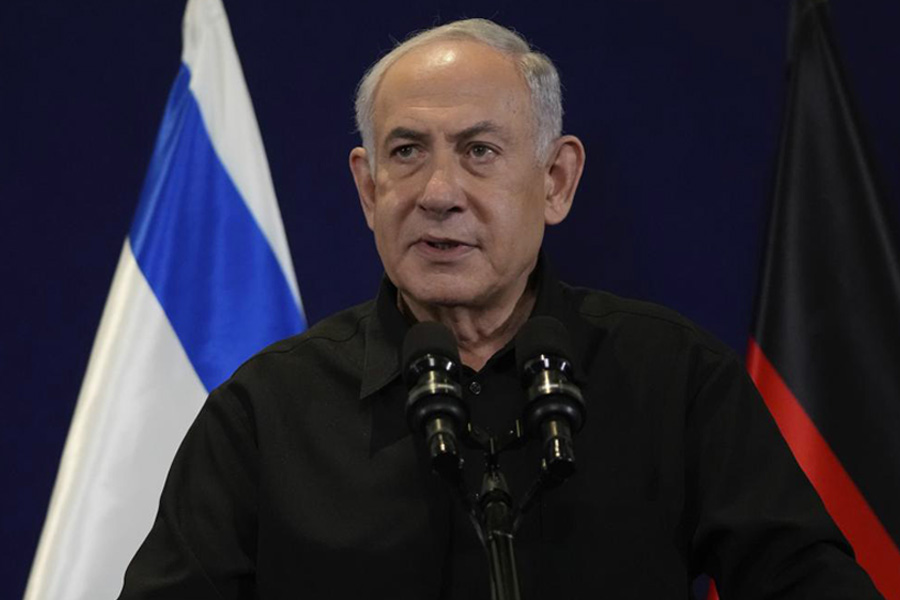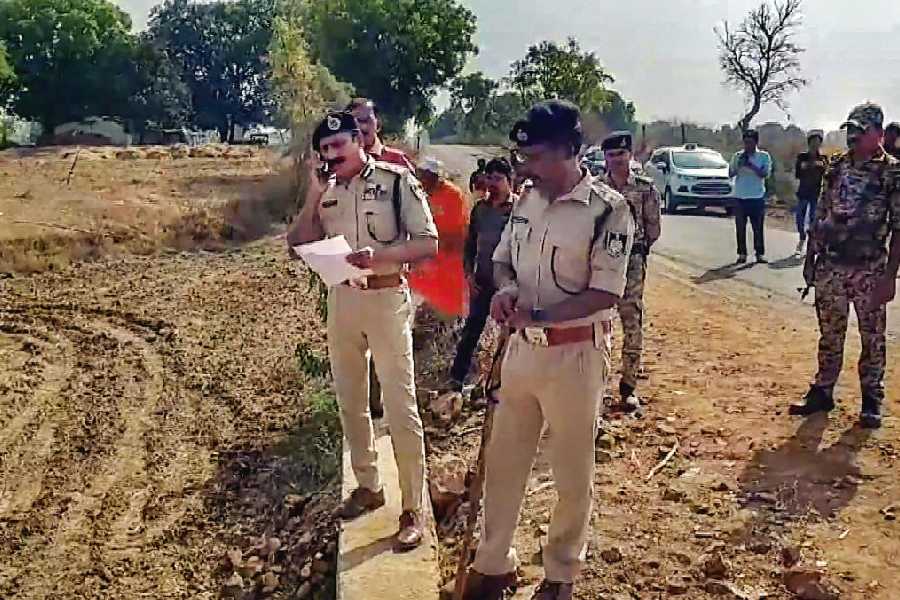If you can manage an earlymorning visit to Choti Bazaarin Calcutta’s Mominpur, right behind the Safedor Choti Bazaar mosque, you will find unusual breakfast food —halwa puri, a puri-sized paratha folded in a half-moon around a ladle of barely-sweet suji halwa with a touch of saffron. The halwa tastes like no suji halwa you’ve had and this melt-in-the-mouth snack flies off the hawker’s handcart really quick.
“The halwa puri gets ove rbefore 10am,” says Masihur Rahman,the man handing out the Rs 10 snack one pleasant autumn evening at the heritage foodf estival happening on the grounds of the Government Girls’ General Degree College in Ekbalpore.
In the evenings, Rahmansells dalpuri — cousin to theBengali radhaballabhi —and small, flaky rectangles stuffed with chicken, amongother savouries. All of the mare delicious, cheap and unique to the area.
Mominpur, Ekbalpore,Kidderpore, along with the nearby suburb of Metiabruz that is famous for being the final home of the last Nawab of Oudh, Wajid Ali Shah, are all stacked along the western side of the longish city of Calcutta, perpendicular to the Hooghly river that marks its western border. The Kidderpore dock has been functional for close to 200 years and one would expect the area around it to be cosmopolitan,what with all the comings and goings, but it is now known as a predominantly Muslim neighbourhood— the land of biryani and kebabs.
And that is the misunderstanding the festival hopes to address.
“While it is true that you get very good biryani in this area, it is not the only thing you get,” says Antara Mukherjee, who teaches English at the college and is also the convenor of this heritage food festival that is a joint collaboration of the college, the West Bengal Heritage Commission, the Indian National Trust For Art and Cultural Heritage, Know Your Neighbour and Break Free Trails.
The fare on display also features dalpuri, fish fry, mocharchop, dhoka, a Bengali thali, littichokha, South Indian snacksand bakarkhani and, of course,biryani and kebabs. “The aim of the festival is to showcase the culinary diversity of the area, a diversity that reflects the different communities that call this area home,” says Mukherjee.
Indeed, the food of Kidderpore is also a documentation of the communities who once lived there. A hub of maritime trade, it attracted a migrant population from the northern plains as well as other parts of the country.There was and is the Anglo-Indiancommunity, a sizeable south Indian diaspora and a small but strong Odiya community.
Kidderpore’s multicultural face is seen in a mix of mosques,churches and temples, all standing tall in perfect harmony, says Shaikh Sohailuddin, who is a co-founder of Break Free Trails that organises walks to introduce people to the area. “All in all, it provided a motley bag of cultures. And with the culture came the food,” he adds.
So there is Panchubabur Dokan, once famous for its tea, dalpuri and meat samosas, which counted among its fans footballlegends P.K. Banerjee and Chuni Goswami and music director Nachiketa Ghosh. Now run by Panchubabu’s elderly sons, the 82-year-old shop is still sought out for its fish fry and fish kabiraji. Another old snack shop is Deepali Cabin — no, we do not know who it is named after — that is famous for taler bora, or palmyra fritters.These are called atom bombs because they were originally spiced with chopped green chillies. Anunusual addition in what is basically a sweetmeat.
There is Kali Bakery —actually K. Ali Bakery,it is clarified — that sells bakarkhani in the morning,German bread and buns for a couple of hours in the evening and biscuits like nankhatai all through the day.
The German bread has an interesting back story. The recipe was bequeathed by a temporary worker who had found his way to the city during World War II and the selling time was bound by the restrictions of the blackout during the war.
Then there is the Young Bengal Hotel, a pice hotel that runs outof a quaint old house. Its founder was inspired by Mahatma Gandhi to start a hotel to provide cheap food for dock workers.
The story of this pice hotel’s genesis is as fascinating as the woman who now runs it. Of her grandfather’s three thriving pice hotels in the city, this is the only one Pritha Roy Burman’s mother was able to save. “A lot of people are surprised that I run a pice hotel,” says the smart, welldressed,middle-aged Burman,who is a teacher and amateur singer. “But this is a legacy I don’t take lightly.”
“Food is the one thing that binds us all together,” says Madhuri Katti, a physics teacher and volunteer with Know Your Neighbour, an organisation promoting communal harmony. “Ask anyone in Calcutta and chances are they will tell you their favourite foodis biryani. What we need during these times is to convert that love into the ability to embrace multiculturalism,”she adds.










